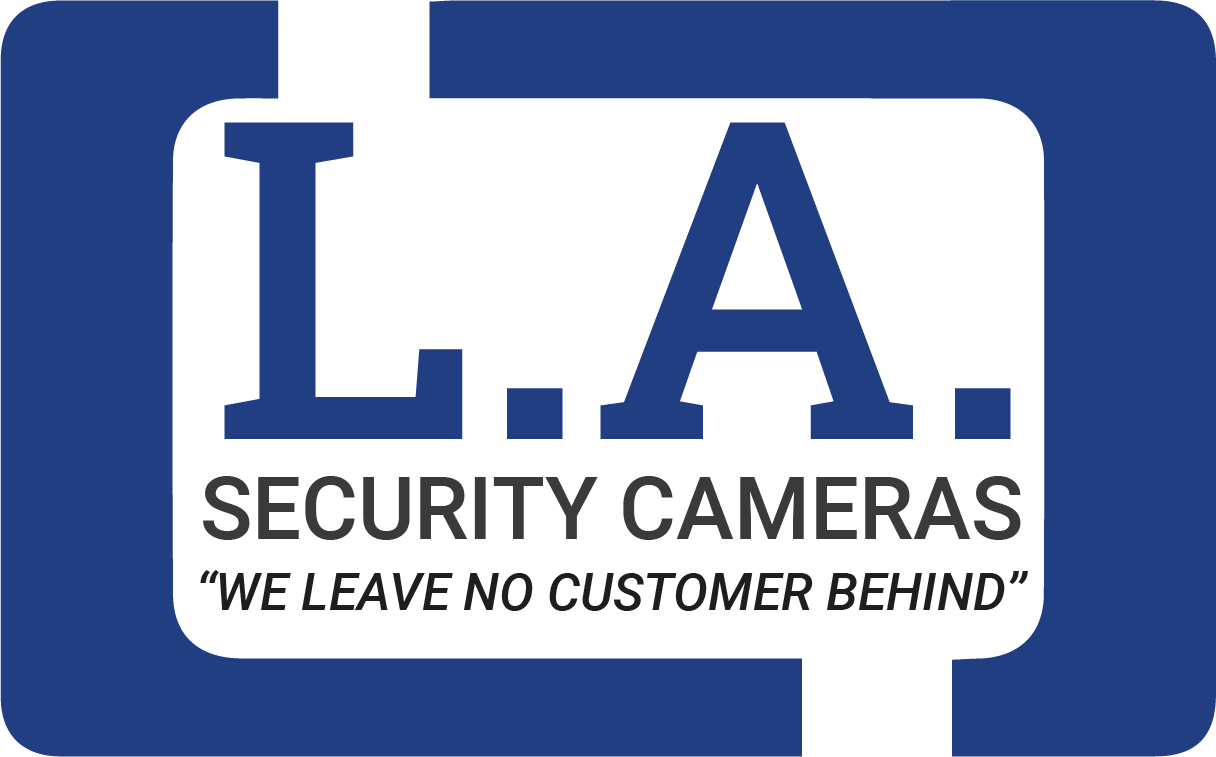Security Camera Video Forensics
The use of security cameras has increased today, so audio and video evidence can easily be used to track a crime scene or any happening. CCTV Security cameras are being used in shopping malls, restaurants, banks, traffic signals, parks, and other public gathering places, but how these security cameras work and how security camera video forensics are performed are the questions you might have in your mind. W e are providing Security Cameras installation services for Video Forensics in Los Angeles,
Security camera forensics is the process of analyzing video footage captured by surveillance cameras for the purpose of investigating crimes or incidents. This process involves reviewing video footage in detail to identify potential evidence, such as suspects, vehicles, or other relevant details.
The goal of security camera forensics is to collect as much information as possible from the video footage to aid in an investigation. This may involve enhancing the quality of the video, slowing down. Or pausing the footage to observe details more closely, or analyzing patterns of movement or behavior captured on the camera.
Security camera forensics can be used in a variety of settings, including retail stores, banks, parking lots, and public spaces. It can help law enforcement agencies identify suspects and gather evidence to support criminal charges.
To conduct security camera forensics, investigators must have specialized skills and tools, including knowledge of video processing and analysis software. They must also have a thorough understanding of the legal and ethical issues related to surveillance and privacy.
Conclusion
Overall, security camera forensics can be a powerful tool in criminal investigations, but it must be used carefully and responsibly to ensure that privacy rights are protected and that evidence is properly obtained and analyzed.
CCTV video evidence may be subject to forensic analysis beyond just looking at what can be seen. Via system analysis, finding additional pertinent video files, prospective proof, or signs of spoliation is frequently possible.
In this article, you’ll learn about video surveillance systems, things to keep in mind when conducting security camera video forensics. And ways to see if any additional pieces of pertinent information are out there.
Forensic Analysis of Surveillance Systems-Video Evidence
The primary goal of video surveillance installation is to keep track of business transactions, keep an eye on daily routine activities. And keep a record for documentation and review. Video evidence is among the top security segments of physical security systems in determining criminal and other inappropriate activities or accidents. Furthermore, security cameras also play a role in quality control, business management, and employee training.
When reviewing recordings of an incident, we need to bear in mind that the device manages different beneficial data in addition to the video. A review of the video device itself can frequently display adherence to standards. And help determine the effectiveness of a safety program, facility safety, maintenance. Or even training; that’s often vital in comparing an incident challenge to litigation.
Forensic Analysis of CCTV Footage/Video
CCTV footage or videos can be supplied via CD, USB, email, or drive for forensic analysis. However, while conducting the forensic investigation of security footage,
knowing the quality, structure, and model of the video recording system is important at the very first step.
While conducting security camera video forensics, identify the key details as:
- ● The number of surveillance cameras installed at the site
- ● Each security camera’s make and model
- ● Data storage systems
- ● Storage capacity for data
- ● Inputs/Outputs-microphone, sensors (Temperature sensors or Motion sensors)
- ● System users’ information-authorities handling system. And users’ IDs Collecting and determining this information can facilitate further probing of the clues and shed light on other recordings relevant to the incident. A complete review of all the cameras recording the incident can make the tracking more transparent. Video data of a victim recorded before and after the incident strengthens the victim’s claims. Reviewing the entrance, exit, and other cameras serves to identify the people not visible in the main footage and activities going on side by side during the incident. Metadata – Data about DataAdditional analysis of the system allows the use of metadata, or “data about data.” Such as the video capturing quality, video footage, time of recording, video data searched, downloaded, forwarded, viewed, and also the person tackling the video data. Furthermore, determining the alterations, changes in camera settings, video quality. And data distorting or erasing the recordings are valuable information a security expert must use while conducting security camera forensics.
- Contact us NOW (213) 761-7900
